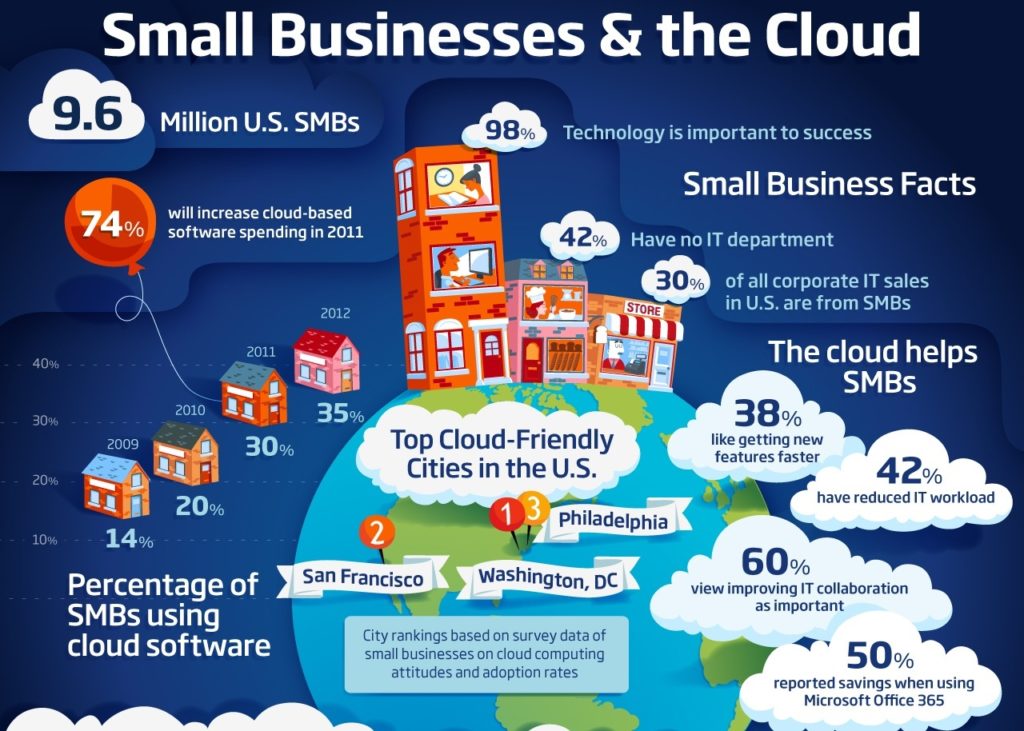How Much Bandwidth Does Your Company Need?

All successful businesses must depend on a reliable internet connection in order to stay relevant and remain competitive with other companies. Without the appropriate bandwidth, staff productivity and communication solutions can crumble. Continue reading to learn more about the complexities of bandwidth and how to determine the ideal amount of bandwidth your business should have […]
Network Maintenance 101

A network is simply a group of two or more devices connected to work with each other. Most organizations need their systems to be interconnected, so think of a network as a building bridge between all the available systems (computers) in a firm. This helps companies stay updated and saves time by providing relevant information […]
FCC Speed Test App to Help Fix Internet Inequality

With the transition of broadband Internet from a helpful convenience to a prescient need for modern life and business, it is staggering to consider that access to this resource is not equally distributed. While the U.S. Federal Communications Commission intends to change this, they need data to help them gauge the true scope of the […]
Cisco Global Study: Cloud network migration / mobile security key concerns among IT decision-makers

The process of ordering new IT services is evolving away from those common methods used in the past, where IT decisions and purchase orders started at the top of the company pyramid. Today, the shift in planning and control of IT purchases is being driven by departmental needs. Does HR see a more efficient and […]
IT Network Support Why the Options Have Never Been Better for Small Medium Business (SMB)

It is very difficult in the modern age to understand how dominant the Microsoft Windows brand once was at every level of business. Though Microsoft is still going on strong, it is diversifying its offerings as it must compete with many other tech vendors. This is very different from the 90s and most of the […]

